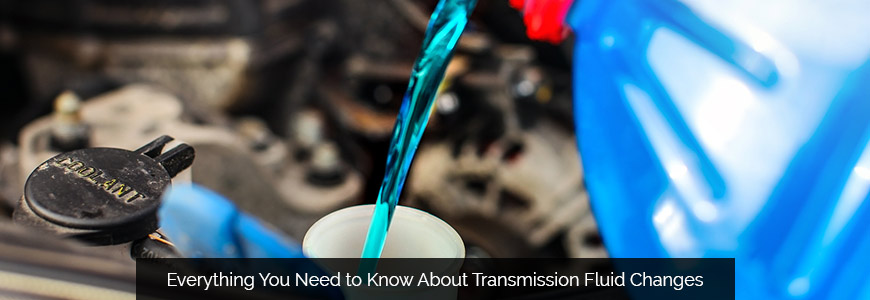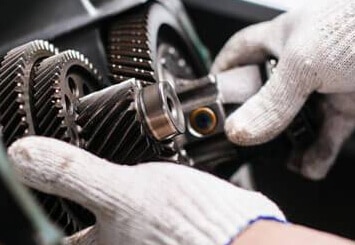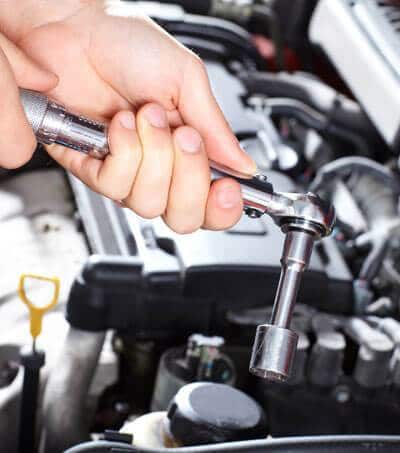



Transmission fluid is (almost literally) the lifeblood of the transmission. An automatic transmission simply won’t work without transmission fluid. Now, you would have to have a very large leak to have absolutely no fluid in your transmission. However, you still need to have the right level and the right quality of transmission fluid or else you’re inviting transmission problems to happen. To have your transmission in perfect working order, you might require a transmission fluid change.
Transmission fluid works as a lubricant and it is optimized for the functions of the transmission. These functions include valve operation, brake band friction, and the torque converter. Transmission fluid is required in all automatic transmissions. Some manual transmissions also use transmission fluid, but some use engine oil or gear oil.
Not all transmissions are the same; not even all automatic transmissions. But all transmissions experience wear and tear that can cause debris to collect in the fluid. Furthermore, there can be problems within transmissions that cause the fluid to be damaged or degraded, and this in turn can cause further problems.
And then there are leaks. Any transmission can fall foul of a leak. The key sign of a leak is a patch of reddish liquid that has collected underneath your vehicle as it is parked. Leaks have to be patched and the lost fluid needs to be topped up.
If the fluid in your transmission is lacking in either quantity or quality, you will begin to notice symptoms in how your transmission operates. You may experience a temporary delay while shifting gears. Your transmission may take a moment to register the gear shift. Your transmission might also grind or clunk when you shift. Alternately, your transmission might slip from one gear into another (usually neutral) which can be very dangerous. And without enough fluid, your transmission can become overheated.
You should periodically check your transmission levels using your dipstick. Sometimes you can lose some fluid without experiencing a leak. In this case, you can top of the transmission fluid yourself or you can bring it into a transmission shop for a top up.
Transmission fluid changes can sometimes be a bit more complicated. Typically a fluid change is required when the fluid has become degraded or burned. You might be able to tell this yourself. Normally, transmission fluid is translucent with a reddish hue. If your fluid is opaque and/or has a foul smell to it, it is probably damaged. Also, transmission fluid can pick up too much impure matter from wear and tear within your engine. If this is the case, it has probably been detected by a technician during a pan examination.
You might be able to do a transmission fluid change on your own, depending on the type of transmission you have. But sometimes it is necessary (and always a lot easier) to bring it in to a transmission shop. Here, technicians can flush out the bad transmission fluid and change it with new, better quality fluid.
If you would like to learn more about transmission fluid changes or if you’d like to bring in your vehicle for a transmission fluid change, please contact us today.




The evolution of transmissions has made these machines and systems increasingly complex. When transmission repairs are required, determining the cause and cure for what ails can be tricky.
Read More
At Mister Transmission we have access to leading-edge diagnostic equipment, enabling us to offer you the fastest and most accurate findings about what’s going on inside your vehicle’s transmission.
Read More
Just as you have other parts of your car serviced, your transmission needs maintenance to ensure a long life and avoid transmission problems.
Read More